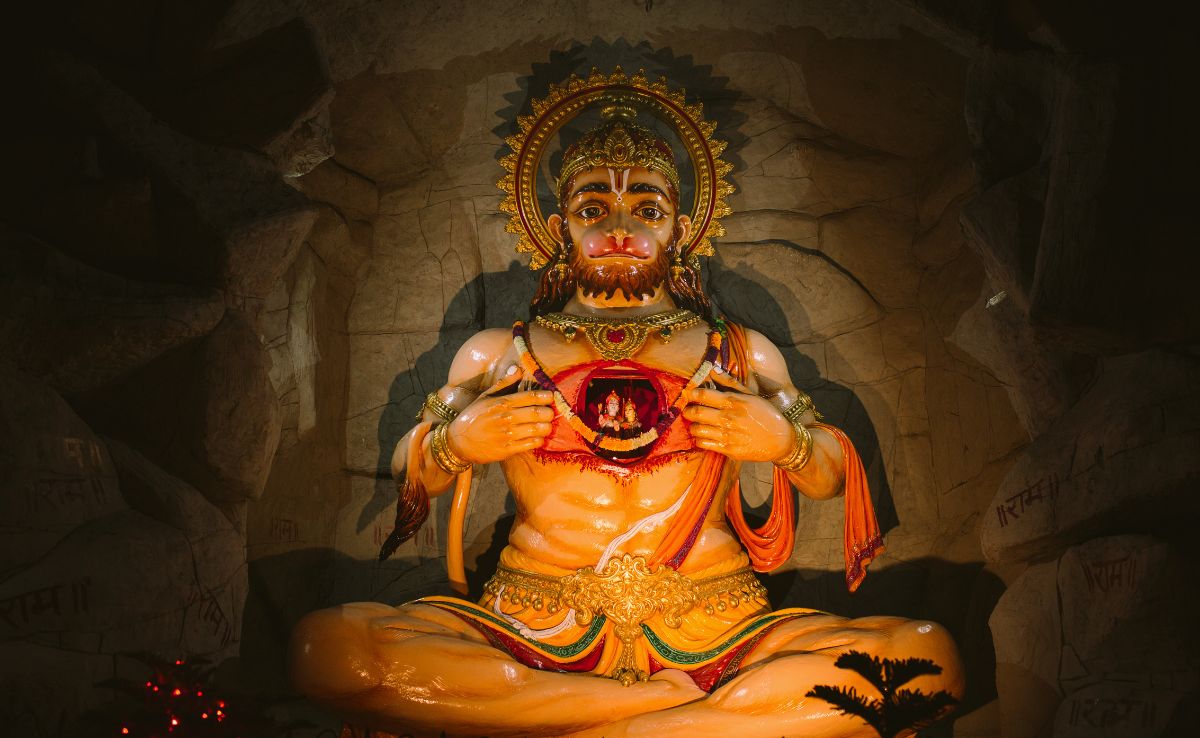Hanuman Jayati, the celebration of Lord Hanuman‘s birth, is celebrated with great devotion all over India. This is a time when devotees show their affection for the god of strength and knowledge. Hanuman Chalisa is a popular prayer that has been chanting by devotees, especially on this day, to do Lord Hanuman. But the interesting thing is that Hanuman Jayati is not celebrated on the same date across the country. In fact, it is seen twice a year, depending on regional beliefs and traditions. It often leads to confusion, especially trying to mark the opportunity correctly for devotees.
Two Hanuman Jayantis: Chaitra vs Margisirsha
On the full moon day, known as Chaitra Purnima, Hanuman Jayanti, the most observed in the month of Chaitra (March-April) falls. It is a widely accepted version in North India, where it is believed that Lord Hanuman was born on this day with Anjana and Kesari, with the blessings of Vayu, Pawan Devta.
However, in southern India, especially in Tamil Nadu, Karnataka, Telangana and Andhra Pradesh, Hanuman Jayanti is celebrated during Margishira (December-January). In these areas, devotees inspect a 41-day Dexa, which leads to Hanuman Jayanti, which ends at Hanuman’s “Anjaney Jayati”-one day is considered highly auspicious.
Why difference?
The reason behind two different dates lies in regional traditions and interpretations of ancient scriptures. While in the ancient Hindu scriptures, some texts such as the Puranas place the birth of Hanuman in Chaitra, others align it with Margishirsh. For centuries, both traditions have developed independently, and today both versions are respected and are widely followed.
The ceremony remains the same
Despite the difference in dates, the spirit of Hanuman Jayanti remains the same – devotees chant, pray, visit temples and engage in service acts. Lord Hanuman is distinguished as a symbol of strength, devotion, humility and fearlessness.
,





